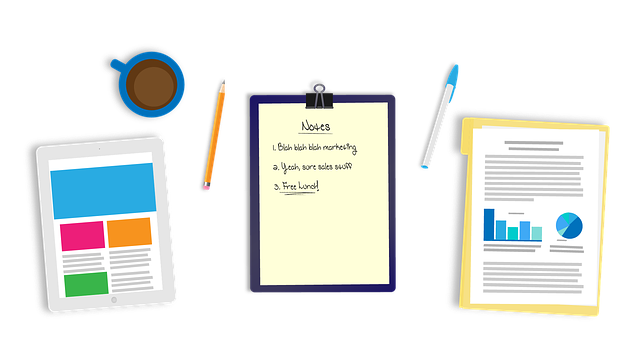AI disciplinary tracking and compliance are crucial for organizations adopting AI technologies, ensuring safety procedures and regulatory standards are met. This involves meticulous monitoring of AI system behaviors to identify non-conformities or ethical issues. By integrating this practice into compliance frameworks, companies maintain transparency, accountability, and public trust as AI systems make critical decisions. Effective tracking enables prompt detection of anomalies, error correction, and implementation of safeguards, fostering a culture of responsibility and continuous improvement in AI development, deployment, and management. AI audits, leveraging AI for disciplinary tracking, efficiently monitor procedures and regulations, enhancing accuracy and efficiency through automated data analysis. Implementing structured AI audit systems aligned with regulatory requirements and internal policies is essential to achieve optimal results in AI disciplinary tracking and compliance.
In an era dominated by artificial intelligence (AI), ensuring the safety and ethical deployment of these systems is paramount. AI audits, a burgeoning field, play a crucial role in this regard, offering a systematic approach to track and evaluate AI disciplinary tracking and compliance procedures. This article delves into the intricacies of AI disciplinary tracking, exploring its significance for maintaining robust safety standards and regulatory compliance. We also discuss best practices for implementing effective AI audit systems.
- Understanding AI Disciplinary Tracking
- The Role of AI Audits in Ensuring Safety and Compliance
- Best Practices for Implementing AI Audit Systems
Understanding AI Disciplinary Tracking

AI disciplinary tracking is a crucial component of ensuring compliance with safety procedures in organizations that leverage artificial intelligence (AI) technologies. It involves the systematic monitoring, logging, and analysis of AI system behaviors, decisions, and outcomes to identify potential non-conformities or ethical lapses. This process helps maintain transparency, accountability, and public trust, as these systems increasingly make critical decisions across various sectors, from healthcare to autonomous vehicles.
Effective AI disciplinary tracking enables organizations to quickly detect anomalies, correct errors, and implement necessary safeguards. By integrating this tracking into compliance frameworks, companies can ensure that their AI models adhere to regulatory standards, ethical guidelines, and internal policies. This proactive approach fosters a culture of responsibility and continuous improvement in the development, deployment, and management of AI systems.
The Role of AI Audits in Ensuring Safety and Compliance

AI audits play a pivotal role in ensuring safety and compliance within organizations, especially as they embrace digital transformation. By leveraging artificial intelligence, these audits can efficiently track disciplinary procedures and compliance with various regulations. AI algorithms are designed to analyze vast amounts of data, identifying patterns and anomalies that might indicate potential safety hazards or non-compliance. This capability is invaluable in industries where adherence to strict standards is not just regulatory but also crucial for preventing accidents and ensuring the well-being of employees and stakeholders.
Through automated data collection and analysis, AI audits enhance accuracy and efficiency compared to manual processes. They can continuously monitor workplace activities, record-keeping, and reporting, reducing human error and the time typically required for compliance checks. This real-time oversight enables organizations to promptly address any deviations or concerns, fostering a culture of accountability and continuous improvement in safety practices and disciplinary measures.
Best Practices for Implementing AI Audit Systems

Implementing an effective AI audit system requires a structured approach to ensure optimal results in tracking both discipline and compliance. Firstly, organizations should define clear objectives for their AI audits, aligning them with specific regulatory requirements and internal policies. This step is crucial as it provides a focused scope for the audit process. By identifying key areas such as data integrity, algorithmic transparency, and bias mitigation, companies can efficiently allocate resources and expertise.
Best practices include integrating audit findings into continuous improvement loops. Auditors should provide detailed reports with actionable recommendations to address identified gaps. Regular feedback sessions involving AI developers, ethicists, and stakeholders ensure a collaborative approach. Additionally, leveraging advanced analytics tools for trend analysis can help organizations predict potential issues and proactively enhance their compliance measures, thereby fostering a culture of ethical AI development and deployment.
AI disciplinary tracking and compliance are paramount in an era where artificial intelligence continues to shape industries. By implementing robust AI audit systems, organizations can ensure their AI models adhere to safety protocols and regulatory standards. These audits not only track but also enhance accountability, fostering a culture of continuous improvement and ethical AI development. Adopting best practices outlined in this article will help businesses stay ahead of the curve, ensuring their AI applications remain reliable and compliant.
